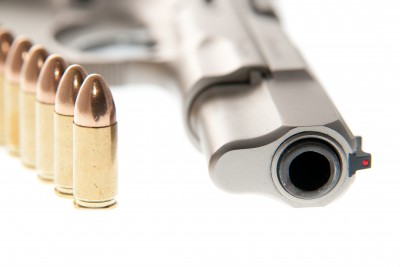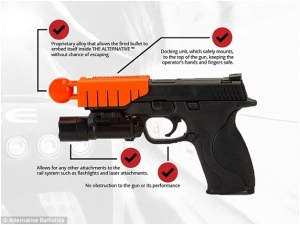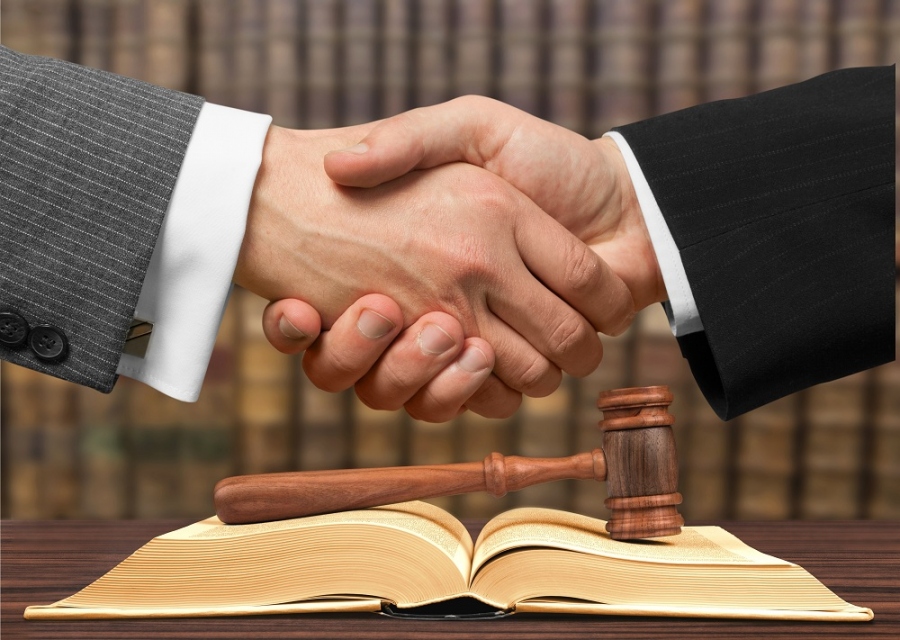There have been many incidents of fatality due to mishandling of firearms and ammunition. Most gun owners know how to keep their firearms in the “safety” level, but when the going gets rough, then here are a few points you should always keep in mind to avoid the stress and harm firearms and ammunition may cause:
1. Never Point A Gun Anywhere You Are Not Willing To Shoot.
Always, always, point it somewhere safe.
2. Assume That The Gun Is Always Loaded.
Even if a person tells you that the gun is not loaded, it is always better to keep a benefit of the doubt. Make it a habit to check no matter what because once it is shot, then there are consequences to face.
3. Keep Your Finger Off The Trigger.
Regardless of whether you are an expert or not, if you are not prepared for the consequences then it is better to keep your hands off the trigger. This way, you can prevent at least any untoward incident that might happen.
4. Know The Target.
Your target is whatever you have decided to shoot. It must be a conscious decision when you shoot something. Don’t be relaxed about this. You need to know what you are going to shoot at, what is between you and it, and what is beyond it. Do not lose your attention.
5. Familiarize Yourself With The Firearm.
Take as much time as you need to learn about the operation and features of the firearm you are planning to use. Take time to learn about the safety precautions, the grip, shooting positions, trigger control and the likes. When you step up to the firing line, you should already know how to operate the gun you’ll be shooting.
6. Know What To Avoid Shooting.
The density of water makes it dangerous. It has a tendency to allow bullets and shotgun shot to ricochet or glance off and fly off in an unintended direction. Likewise, hard surfaces like metal, rocks, and hardwood can send the projectile back to the shooter.
7. Don’t Rely On A Safety Mechanism.
Most guns have a safety device to prevent the gun from firing. While they can provide a bit of protection, some guns have even been known to fire when the safety is released, most notably Remington bolt-action center fire rifles, which naturally leads to the conclusion that safety mechanisms are often useful, but not completely reliable.
8. Use The Right Ammo.
Make sure that the ammunition you’re using is right for your gun. The proper cartridge designation is usually marked on the gun. You can always consult the gun’s manufacturer or a qualified gunsmith for guidance on ammunition.
9. Pay Attention!
When you are holding a handgun, or anything that can cause harm, never ever fail to keep your attention away. This will not only save you, but the people around you as well. Always be alert.
Author Bio
Paul Cochran is a political gun rights activist blogger who writes about firearms & ammunition, particularly on all things 9mm.









